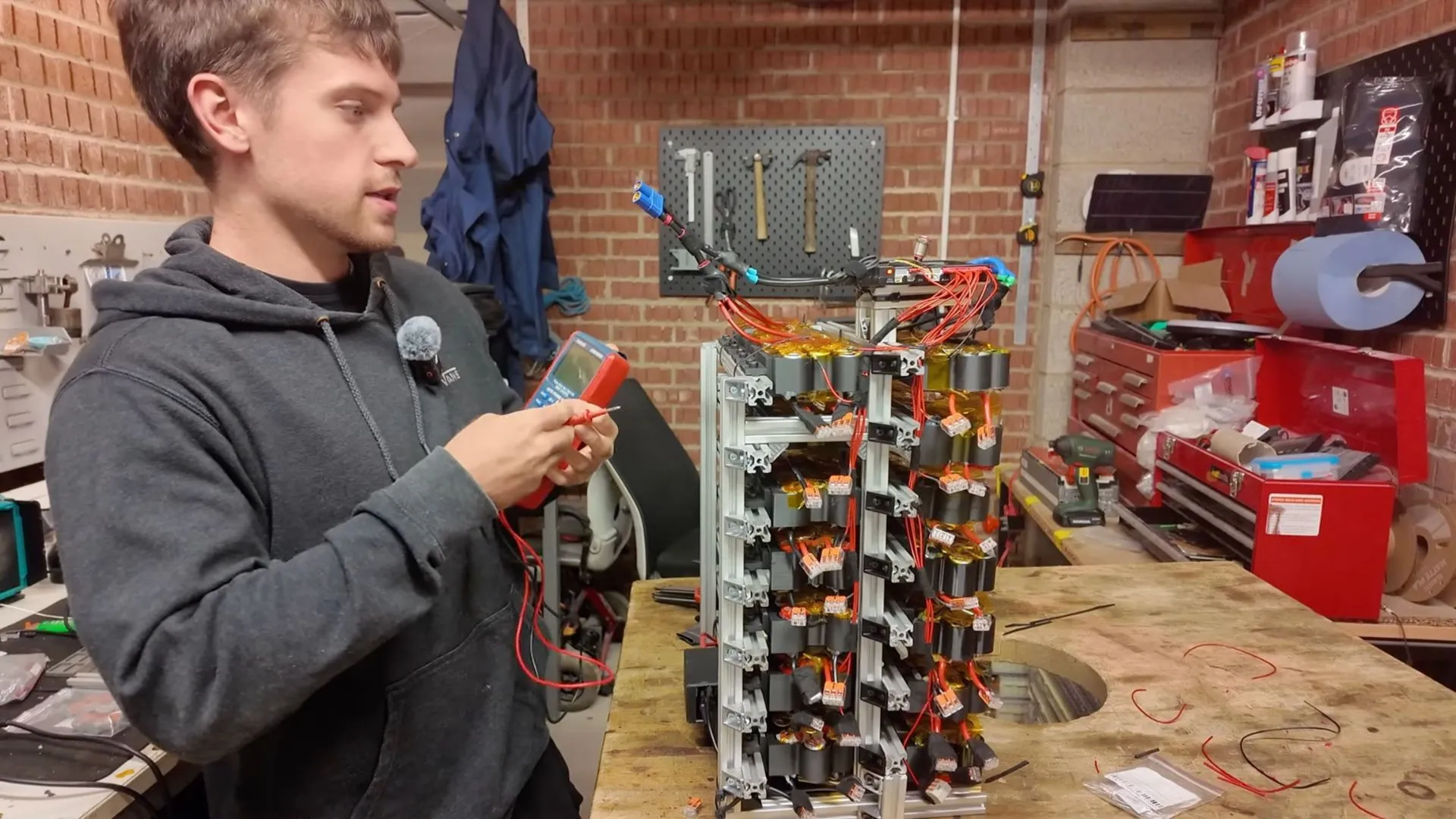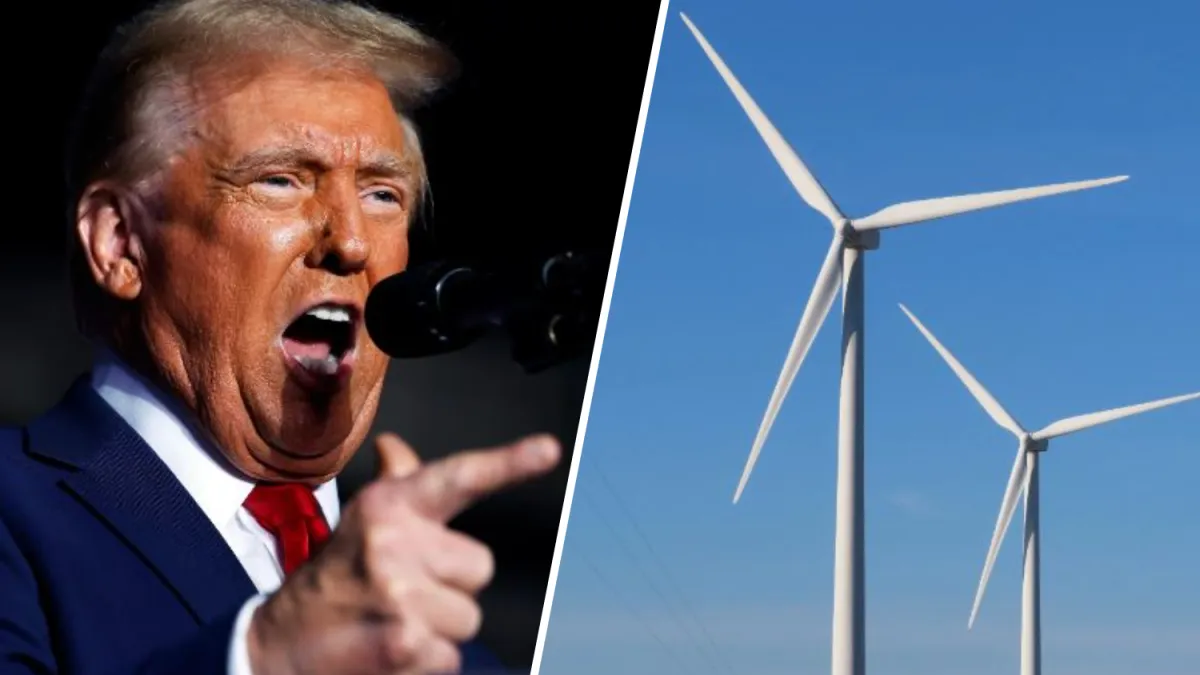Copyright Interesting Engineering

In the quiet English countryside, YouTuber Chris Doel has done something remarkable. He built a working power wall using batteries salvaged from 500 discarded disposable vapes. His setup now runs his kettle, microwave, fan, and computer—powered entirely by what was once litter. The project, shared on October 31 on the social media platform, highlights how much usable energy gets thrown away every day and how innovation can turn waste into a clean energy solution. Extracting energy from waste Each disposable vape contains a small lithium-ion cell, similar in size to an AA battery. Millions of these are discarded after a few uses, despite still being capable of holding a charge. The 29-year-old engineer decided to recover them instead of letting them pollute the environment. He collected used vapes from local shops, disassembled them, and tested each cell for viability. Damaged cells were discarded, while working ones were carefully labeled, charged, and stored. After sorting, he grouped nine batteries together using 3D-printed holders. Each group formed a module, similar to those found in electric vehicle battery packs. He connected 56 of these modules into a large wall-mounted system capable of delivering about 50 volts of DC power. The system was then linked to an inverter, which converts the DC energy into 230 volts AC—the same power level used in standard household sockets. Building the vape wall Constructing the “vape wall” required patience and precision. Doel soldered copper tape and nickel strips to connect each cell securely, ensuring balanced power distribution. He installed a fuse and used a repurposed scooter battery management system to monitor the setup. The final pack weighed around 38 kilograms (84 pounds) and would have cost roughly £2,500 if built with new batteries. But Doel spent only his time, energy, and a few tools to bring it to life. When he flipped the switch to disconnect from the grid, his lights stayed on. His microwave beeped, and his kettle boiled in just over a minute—all powered by batteries that once fueled disposable vapes. As reported by TecheBlog, the setup delivers 2.52 kilowatt-hours of energy, enough to run his home for about eight hours or his workshop for three days with careful use. Sparking a conversation on e-waste Doel says his motivation goes beyond saving on electricity bills. Through his YouTube videos, he wants to raise awareness about the environmental harm caused by disposable vapes. Each contains a rechargeable lithium battery that often ends up in landfills, contributing to toxic waste and resource loss. By reclaiming these cells, he demonstrates that sustainable alternatives are possible when people rethink their approach to waste. He plans to expand his system further by adding solar panels to charge the batteries during the day, making his setup fully off-grid. The vape wall stands as a creative reminder that even the smallest pieces of technology can have a second life.



